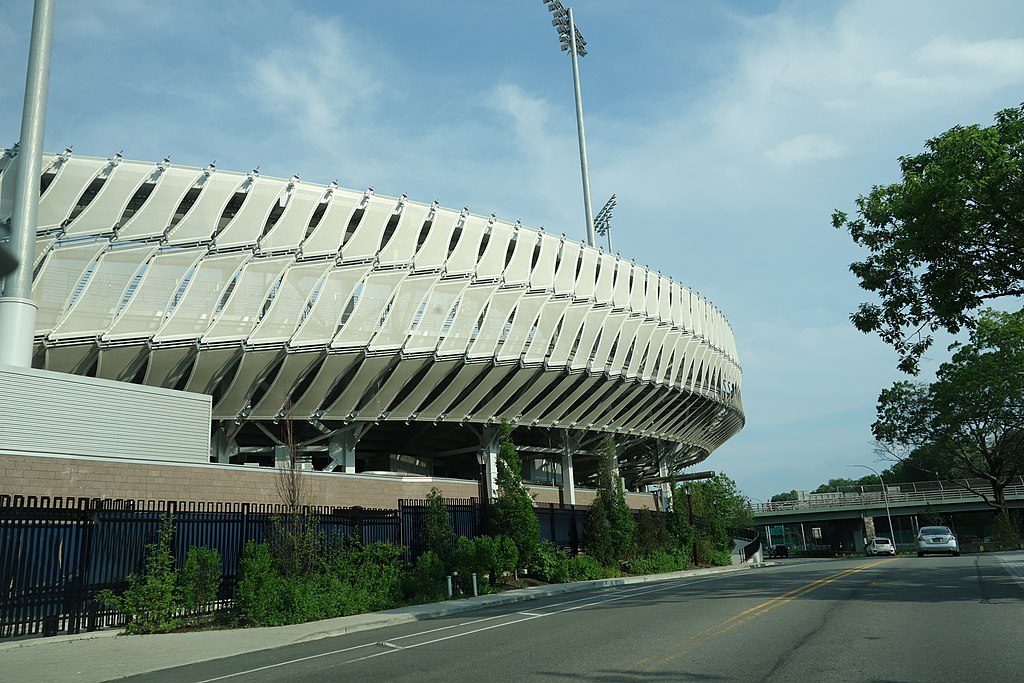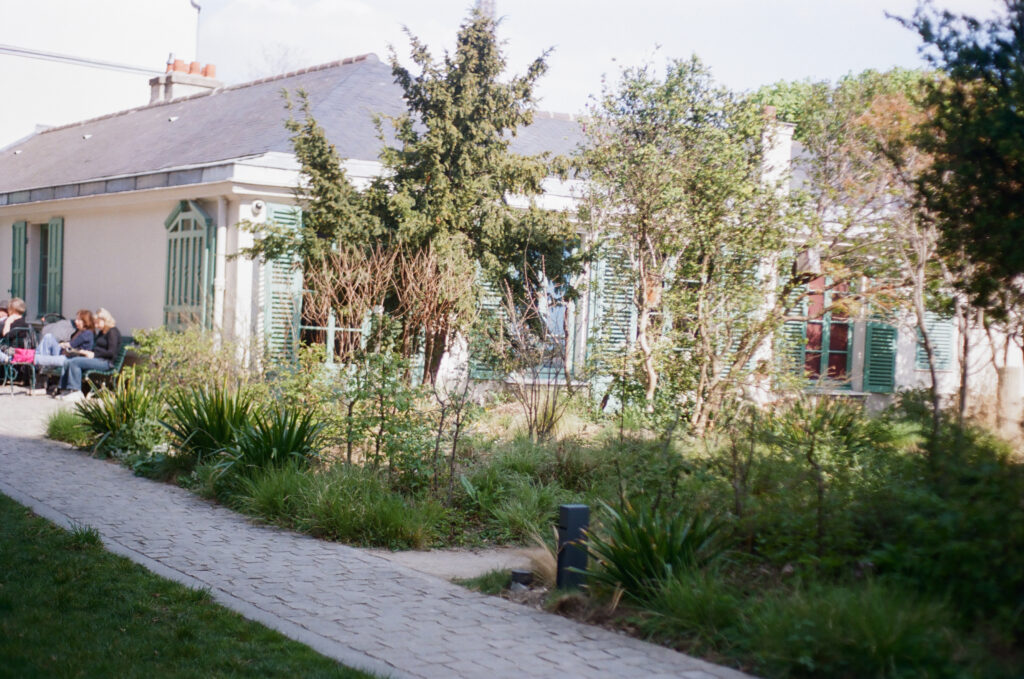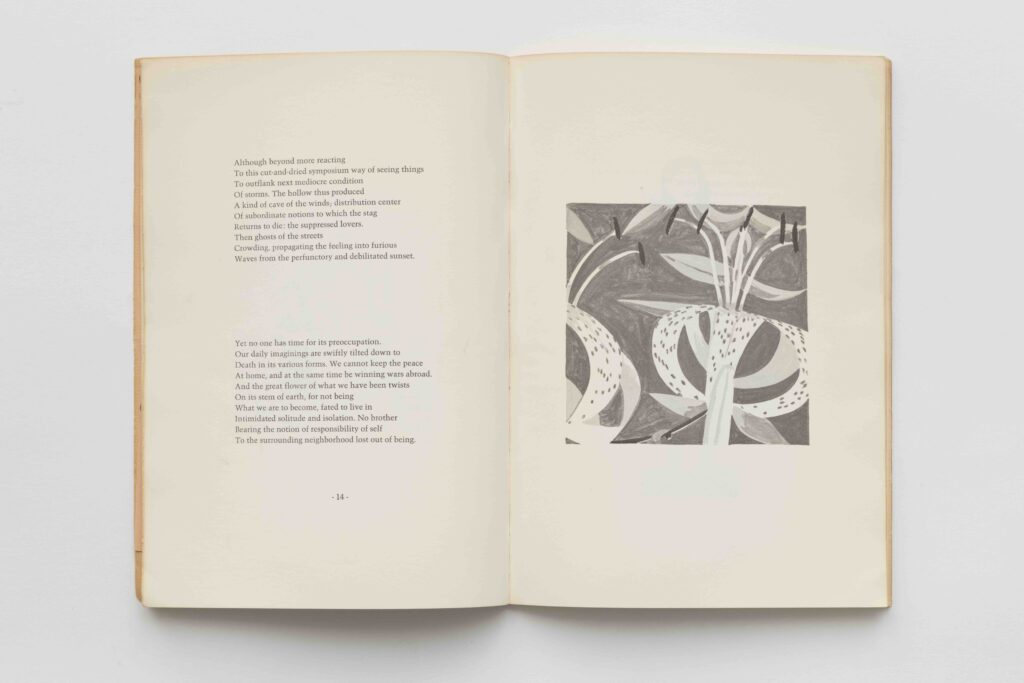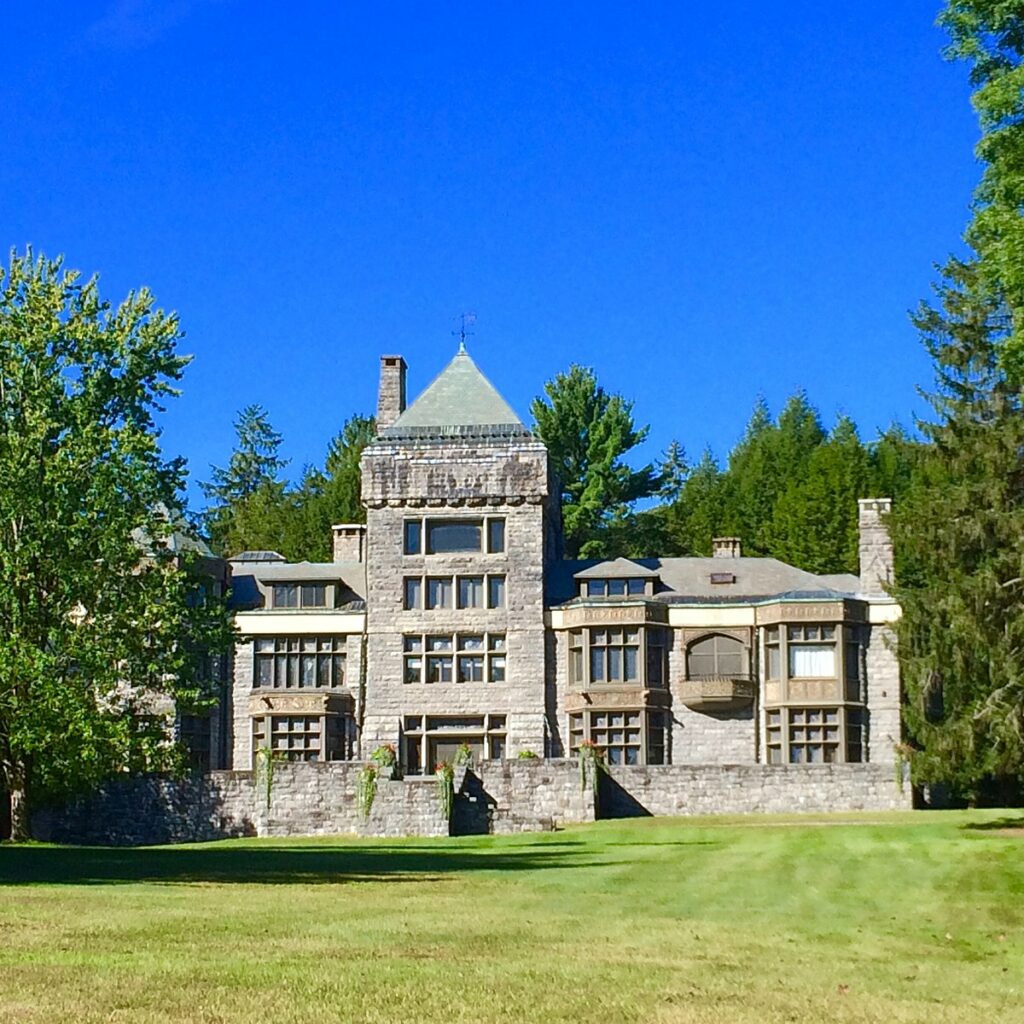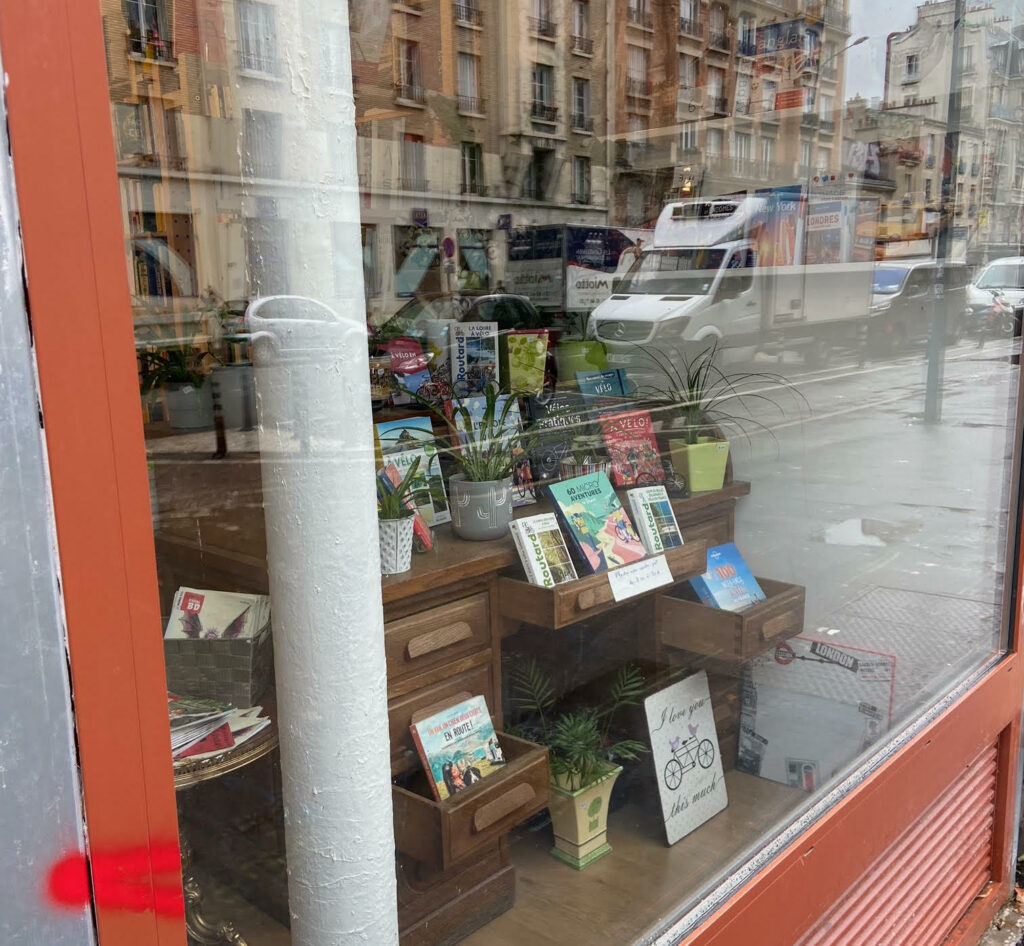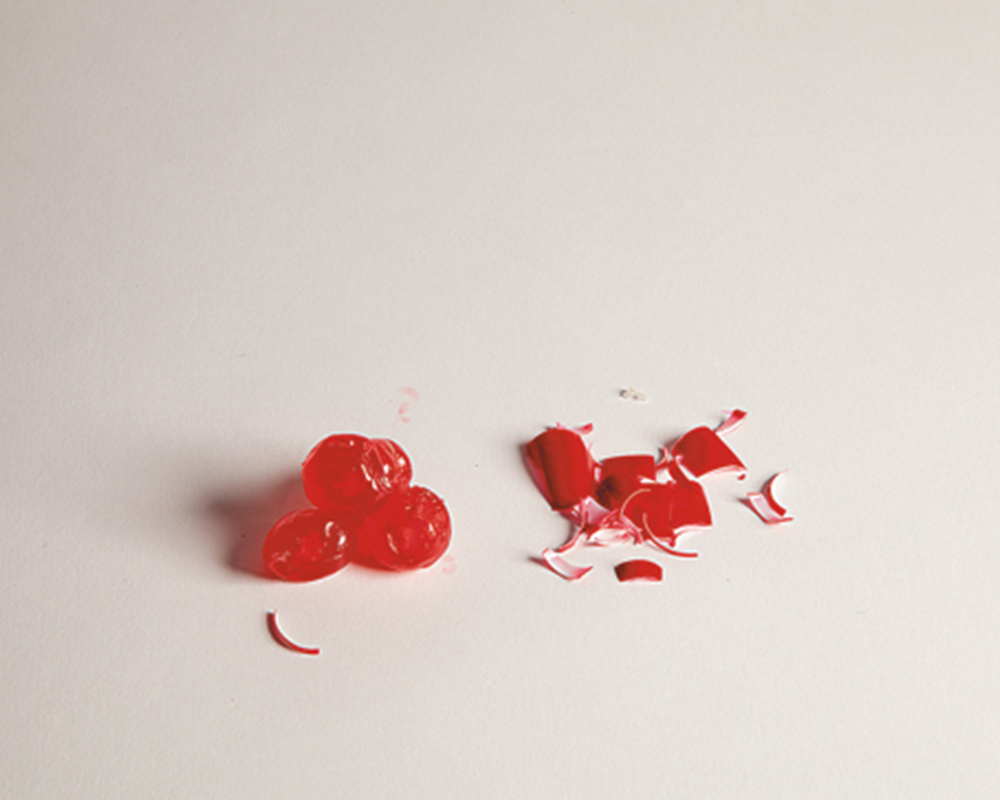The Maison de Balzac. Photograph by Bailey Trela.
The Maison de Balzac is located in the sixteenth arrondissement at 47, rue Raynouard, Paris, in the heart of the former village of Passy. If you visit, chances are you’ll approach it along the rue de l’Annonciation, which is pleasantly quiet and perfectly shaded, and boasts, according to Google Maps, a Pizza Hut that I don’t remember seeing when I visited in April. What I do remember seeing was an unaccompanied Alsatian with some sort of harness girding its chest, loping through a small nearby park. When I looked around, vaguely nonplussed, I noticed a clinique vétérinaire directly across the street.
If I’d had to explain to myself why, with only three days to spend in Paris, I felt such an acute need to visit the home where Honoré de Balzac, a writer I wasn’t even that familiar with, had composed the bulk of The Human Comedy, a fictional project I’d barely even dipped my toes into, I’m not sure what I would have said. Probably it just seemed that if anyone would have had an interesting house, it would have been him. Open one of his novels at random, and chances are you’ll find a gratuitous description of a room and its furnishings, a flurry of signifiers that, today, can seem hard to place. Take Monsieur Grandet’s living room, for instance, as it appears in the opening chapter of Eugénie Grandet. We learn the room has two windows that “gave on to the street,” that its floor is wooden, that “grey, wooden panelling with antique moulding lined the walls from top to bottom,” that its ceiling is dominated by exposed beams. “An old copper clock, inlaid with tortoiseshell arabesques, adorned the white, badly carved, stone chimney-piece,” Balzac goes on. “Above it hung a greenish mirror, whose edges, bevelled to show its thickness, reflected a thin stream of light along an old-fashioned pier-mirror of damascened steel.” I don’t know what a pier-mirror is, and I couldn’t begin to differentiate an old-fashioned model from a sleeker, more modern one. In a sense, this feeling of being lost was part of the appeal of Balzac’s world as I’d imagined it.
Which is another way of saying that when I contemplated a sort of generic Balzacian space, a vision of plushness, of pure and overwhelming material profusion would unfurl in my mind: a little room fitted out with dark wood and damask curtains, gilt mirrors and stubbornly bombé furniture, its walnut shelves and limestone mantelpieces offering stable quarters to a full range of dandy’s trinkets, like engraved pistols and silver-handled riding whips and even, glowing palely in the manufactured dusk like a sturdy snowball, a fine Sèvres sugar bowl—every detail, down to the motes of light-struck dust spinning in the sepia-toned air, tuned precisely to some ideal of costive, costly languor. You know, luxus, as the Romans must have done it. Who wouldn’t want to disappear into this?
So, here I was. There was a false start: a pleasant little gate with a plastic-sheathed slip of paper taped to it declaring that the gate was no longer the entrance to the Maison de Balzac. Through the gate I could see a set of steps leading down to the grounds of the museum, which occupies a sort of plateau between the rue Raynouard above and the rue Berton below, but I was directed instead down the road some thirty yards, to a squat, flat-roofed, glass-walled hutch. When I entered, the young woman manning the information desk swiftly rerouted me to a side door, which deposited me at the top of a set of open-air stairs that, it turns out, are completely accessible from the street. Dizzily, I descended.



